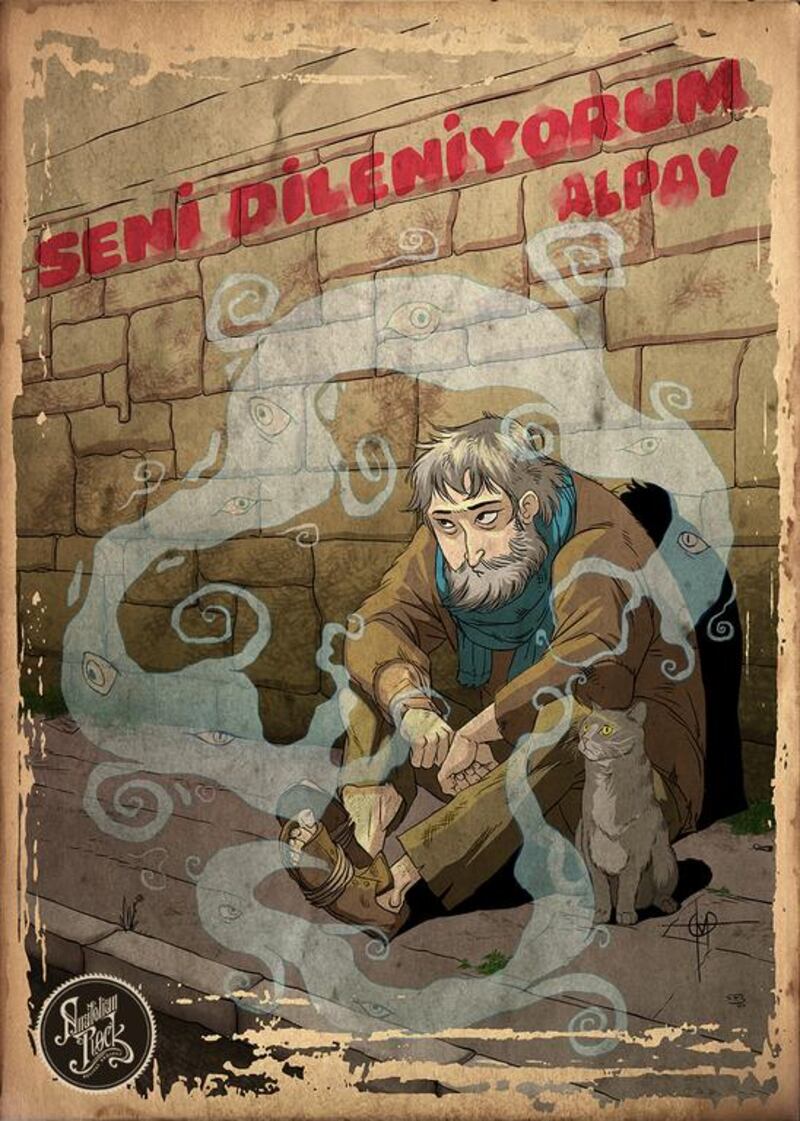In 1980, Turkey was subject to a coup d’état led by General Kenan Evren, supreme commander of the Turkish Armed Forces. This led to three years of military rule, and a climate of extreme repression imposed by martial law.
The sweeping political, social and religious reforms instigated resulted in up to 650,000 people being arrested and more than 500 sentenced to death.
Culturally, too, much was censored close to extinction, not least an indigenous strain of music that melded traditional Turkish folk with more populist western influences.
Anatolian Rock, as it has come to be known, is the great passion of Gökhan Yücel, founder of the Anatolian Rock Revival Project. Via its dedicated sites on YouTube, Facebook, Twitter and Instagram, Yücel’s commendable, culturally important venture celebrates and curates prime examples of the Anatolian rock genre.
“In the 1990s, there was a second wave of the music which sucked big-time,” says Yücel.
“So the goal of our project is to help the masses learn about [the golden period of] Anatolian rock, which was from 1964 to 1980. Almost all of it was recorded on vinyl and it never really made the transition to cassette tape, never mind CD.”
Yücel says Istanbul – and especially the eastern shore district of Kadıköy – was the epicentre of Anatolian rock, but there were also groups from Izmir, Ankara and Batman.
“During the coup the records were banned,” he says. “I heard stories about musicians hiding their recordings away or even burying them underground. Artists such as Cem Karaca had to flee the country, while others such as Edip Akbayram and Selda Bagcan were arrested.”
Garip Çoban (Strange Shepherd), a stirring, 1970 psych-folk song by the band Mogollar, is one of Yücel's personal favourites, and it demonstrates the appealing otherness (to western ears, at least) of the Anatolian rock sound.
Ditto 1967's dark, brooding Agıt (Lament) by Yabancilar, a song which some discerning rapper will surely sample soon.
Naturally, both are featured on the Anatolian Rock Revival's YouTube channel, as is the aforementioned Bagcan's astonishing 1976 tour de force Ince Ince Bir Kar Yagar (A flaked snow falls on the poor). Bagcan, born in Mugla, west Turkey in 1948, is still active via her production company Majör Müzik Yapım, and she is also one of the few Anatolian rock artists known to a discerning few abroad. Mos Def and Dr Dre have both sampled her music, while St Vincent, US singer-songwriter Annie Clark, is also a fan.
“In the beginning, we were hoping to post maybe 10 songs”, says Yücel of his project’s evolution, “but now we’re up to over 70 with another 20 in the pipeline.
“We try to reach the song’s original composer[s] if they are still alive, and the positive feedback we’ve had from artists such as Mogollar is one of the reasons we’re still going.”
Another reason the project works so well is that Yücel uses a gifted team of (mostly) volunteer visual artists, and they have created a stunning series of illustrative posters which appear online, one for each song.
Each poster also has its own Quick Response barcode, so that, if an interested party views it at a gallery (there has already been an exhibition in Cologne, and Yücel is in talks with some London-based venues), they can scan it to their smartphone and hear its twinned piece of music online.
Asked why it’s important to him that the Anatolian Rock Revival Project gains an audience outside of Turkey, Yücel says: “I believe that it’s the missing piece in our culture which connects us to the rest of the world, but more simply, these are wonderful songs that need to be heard.
“We’d love for the posters illustrating these songs to hang on people’s walls all around the world. The music and the posters are deserving of that.”
James McNair writes for Mojo magazine and The Independent.





